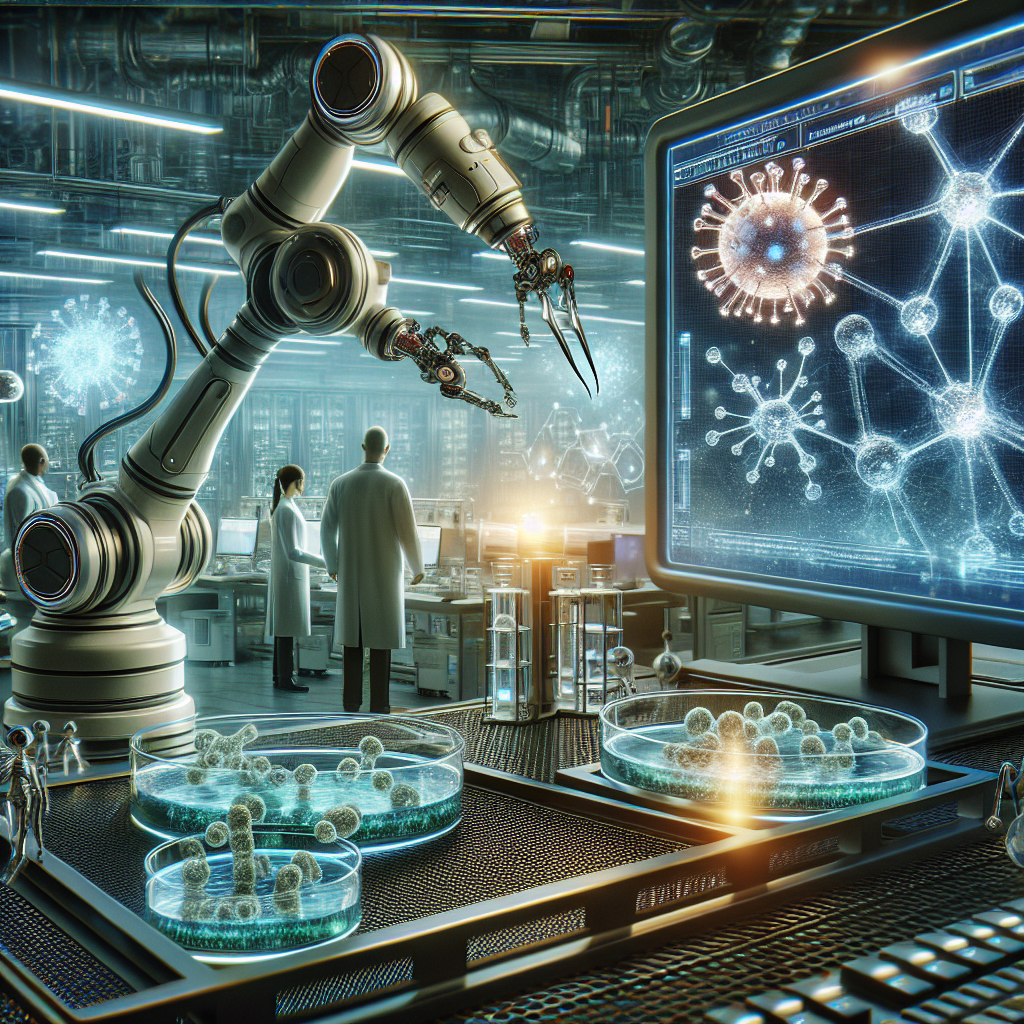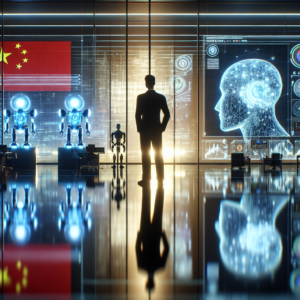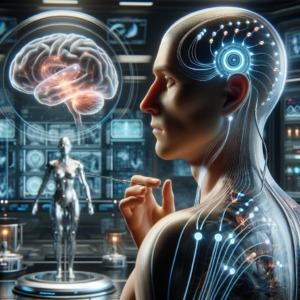AI Cracks Superbug Problem in Two Days That Took Scientists Years
In a groundbreaking development, artificial intelligence (AI) has made significant strides in addressing the pressing issue of antibiotic-resistant superbugs. This remarkable achievement, which took an AI system merely two days to accomplish, has reportedly taken scientists years of research and experimentation. As global health concerns about superbugs continue to rise, this innovative approach presents a beacon of hope in the quest for effective treatments.
The Superbug Challenge
Antibiotic resistance poses one of the most formidable challenges in modern medicine. Superbugs—bacteria that have developed a resistance to multiple antibiotics—threaten the efficacy of existing medications, leading to increased morbidity and mortality rates. According to the World Health Organization (WHO), antibiotic-resistant infections could cause 10 million deaths annually by 2050 if not adequately addressed. The urgency for novel methods to combat these superbugs has never been more pronounced.
Traditionally, the process of discovering new antibiotics has been a lengthy and expensive endeavor. Scientists often rely on trial and error, conducting extensive laboratory tests and clinical trials, which can span years. The slow pace of this research has prompted a search for more efficient methodologies, leading to the integration of AI and machine learning into biomedicine.
How AI Made Breakthroughs in Days
The AI system that achieved this remarkable feat is powered by advanced algorithms capable of analyzing vast datasets. These algorithms can identify patterns and relationships in biological data that may not be immediately apparent to human researchers. In this case, the AI was tasked with predicting effective compounds to combat specific strains of antibiotic-resistant bacteria.
Within just two days, the AI analyzed millions of chemical compounds and their interactions with the target bacteria. By leveraging machine learning, it was able to predict which compounds would likely be effective in inhibiting bacterial growth. The system assessed the potential efficacy of each compound in real time, dramatically speeding up the discovery process.
This capability of AI to process and analyze data at unprecedented speeds can significantly reduce the time required to bring new antibiotics to market. The implications for public health are profound, as timely interventions could save countless lives and alleviate the burden on healthcare systems.
The Science Behind AI Drug Discovery
The combination of AI and drug discovery is not entirely new; however, the speed and accuracy displayed in this instance represent a significant advancement. The technology used incorporates a range of methodologies, including:
1. Data Mining: AI systems can sift through extensive biological, chemical, and clinical datasets to extract relevant information.
2. Predictive Modeling: By creating models that simulate how different compounds interact with bacteria, AI can predict outcomes more effectively than traditional methods.
3. Natural Language Processing (NLP): AI can utilize NLP to analyze scientific literature, gathering insights and knowledge from thousands of published papers to inform its predictions.
4. Automation of Laboratory Processes: Some AI systems can also automate laboratory experiments, allowing for rapid testing of predicted compounds.
These elements work in tandem to streamline the drug discovery process, making it faster and more efficient than ever before.
The Role of Collaboration
The success of AI in cracking the superbug problem highlights the importance of collaboration between researchers, AI specialists, and healthcare professionals. While AI can analyze data and make predictions, human expertise remains crucial in interpreting the results and conducting further laboratory validation.
Partnerships between tech companies, universities, and pharmaceutical firms are likely to foster an environment where innovation can flourish. This collaborative approach can lead to faster development times and potentially groundbreaking discoveries that could redefine our understanding of antibiotics and infectious diseases.
Implications for the Future of Healthcare
The potential impact of AI-driven drug discovery on healthcare is enormous. Not only can it expedite the development of new antibiotics to combat superbugs, but it can also be applied to a wide range of medical conditions. The ability to quickly identify effective treatments for various illnesses could transform how we approach healthcare on a global scale.
Moreover, investing in AI technologies for drug discovery can also lead to significant cost savings for pharmaceutical companies. Reducing the time and resources needed to develop new drugs can lower the overall costs associated with bringing new treatments to market, potentially making them more accessible to patients.
While the recent success in tackling superbugs is indeed promising, it also raises questions about the ethical considerations of using AI in healthcare. Transparency in AI processes, data privacy concerns, and the need for regulatory frameworks to ensure patient safety are all critical issues that stakeholders must address as the technology continues to evolve.
Conclusion
The breakthrough achieved by AI in solving the superbug problem in just two days is a testament to the potential of technology to address some of the most daunting challenges in health science. By harnessing the power of machine learning and data analytics, researchers can expedite the discovery of new antibiotics, potentially saving countless lives and improving health outcomes worldwide.
As we look to the future, the integration of AI into drug discovery processes will likely continue to grow, offering hope not only in the fight against superbugs but also in the broader context of healthcare. The collaboration of interdisciplinary teams will be vital in harnessing this technology effectively and ethically, ensuring that advancements in medicine are both rapid and responsible.
In this transformative era of AI-driven innovation, the medical community is poised to take significant steps in overcoming the challenges posed by antibiotic resistance and ushering in a new age of effective treatments. The potential is immense, and the journey has only just begun.



